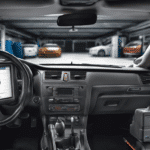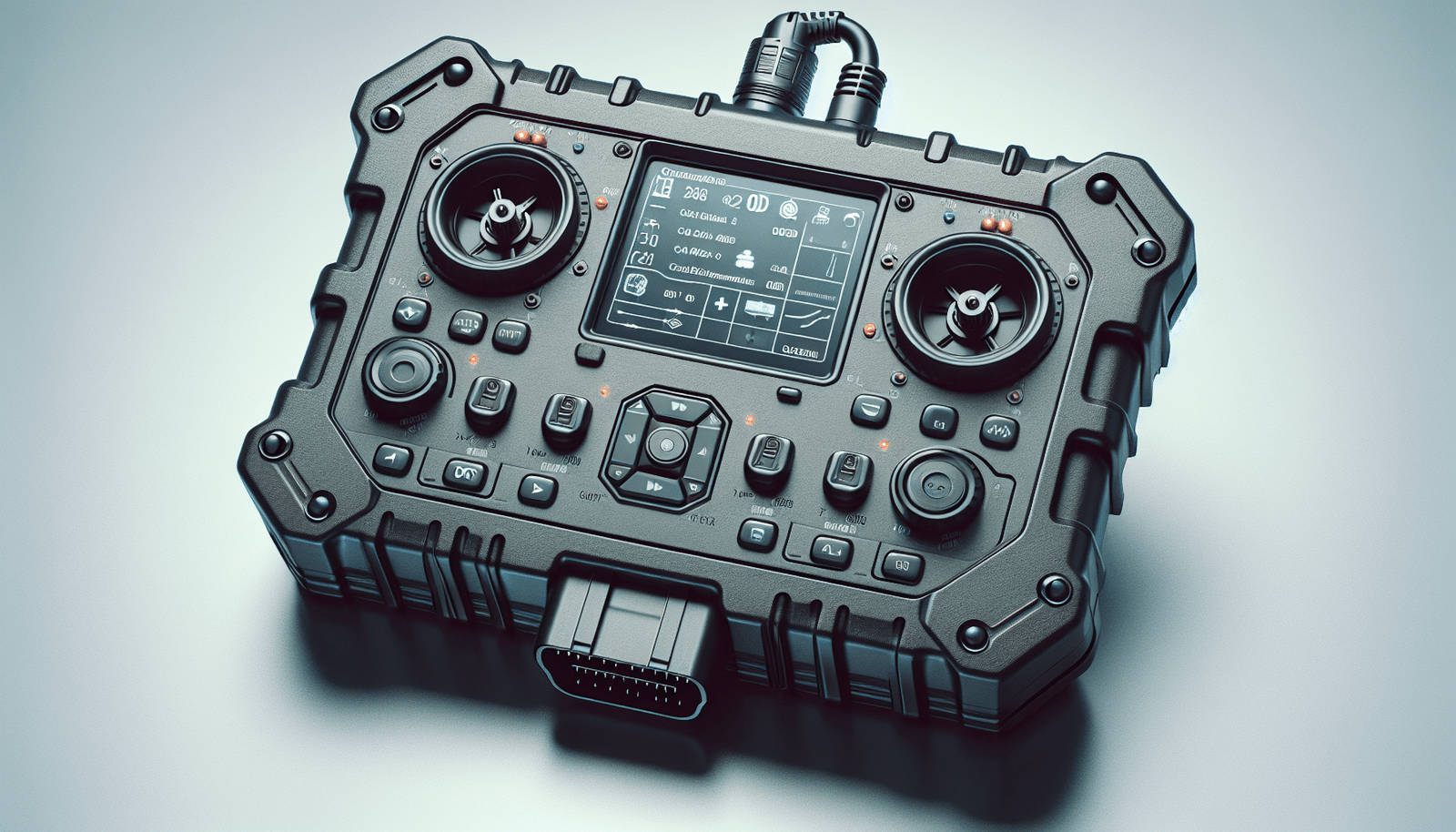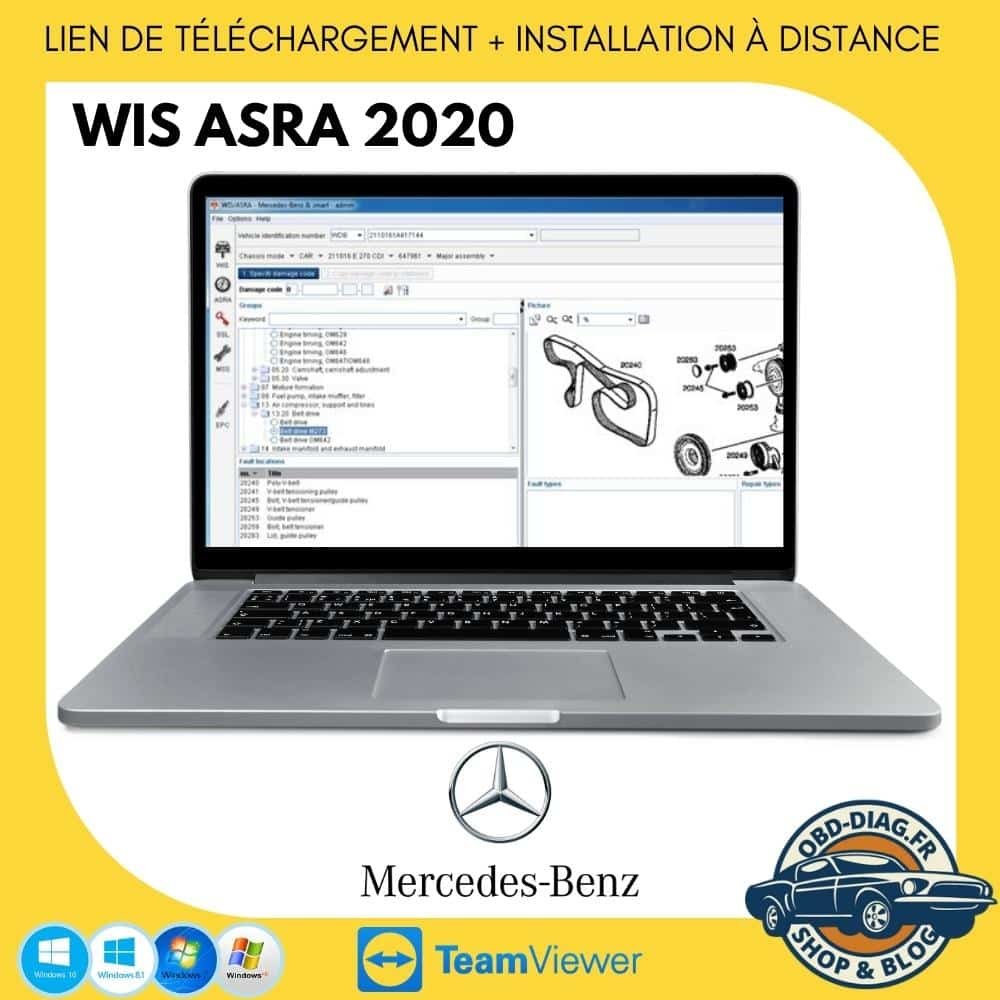What is the difference between OBD 1 and 2?
On-Board Diagnostics (OBD): Complete Guide
Introduction: Understanding OBD Fundamentals
It’s all in the name, “On Board Diagnostics” (OBD). Standard OBD-I was published in 1975 by Bosch, and the standard OBD-II was published in 1996 over there Society of Automotive Engineers (SAE), not by the European Commission as indicated previously.
Older vehicles only had one level of diagnostics (OBD I), but most modern vehicles use OBD II for safety and performance reasons.
What is OBD Diagnostic?
The Key Components of a Vehicle
THE original equipment manufacturer (OEM) supplies all the parts, systems and labor that go into manufacturing a vehicle. This includes the engine, transmission, chassis and other major components, but also aftermarket accessories such as audio or navigation systems.
PDS (Partial Disassembly Service)
This is a service that allows parts of your car to be dismantled and repaired without having to take it to a workshop. For example, replacing a headlight bulb or fitting new tires.
PCM (Powertrain Control Module)
It is the brain of the engine. This module controls several aspects of engine operation, including fuel injection, ignition timing, emissions control and much more.
PDU (Programmable Data Unit)
This device is programmed by the dealer with all the information necessary for the operation of the vehicle. It is usually found under the hood.
How OBD Diagnostic works
The on-board diagnostic system consists of two main elements:
- A component that analysis information from the car's sensors.
- A component that poster these informations.
Le diagnostic OBD est essentiel pour vérifier les performances des unités de contrôle électronique (ECU) et pour identifier les défauts qui peuvent être réparés automatiquement ou nécessitent l’intervention d’un professionnel.
OBD Codes
The on-board diagnostic code is a series of letters and numbers accessible via the dashboard. There are different types of OBD codes, including warning codes which are indicators of potential safety issues.
OBD socket: An essential tool
What is an OBD socket?
Every car has a diagnostic trouble code (DTC), which is stored on a memory chip inside the ECU. If there is a problem, the ECU sends a signal to the OBD port which triggers a warning light on the dashboard.
How to Use an OBD Socket?
To exploit this technology, you must:
- Connect a cord from the OBD reader to a computer via the USB port.
- Install the software from a CD.
- Run the program.
- The program will search for the codes.
- If a code indicates a problem, it will be displayed.
- You can run the program until all codes are found.
- Press “Clear” to remove the codes.
- Press “Save” to save the information.
- Close the program.
Difference between OBD1 and OBD2 Sockets
OBD1 is used for cars before the year 2000 and has a plug-in type configuration. OBD2 is used for cars after 2000 and has a socket type configuration.
OBD2 is more advanced, with high current output, two digital data lines, four analog signal lines, and three ground lines.
In conclusion
OBD is an essential technology for vehicle diagnosis and maintenance. It is important to understand how it works and how to use it effectively to ensure the performance and safety of your vehicle.












Leave a Reply